Research status of key technologies in plasma optics fabrication
-
摘要:
等离子体加工技术是近年来发展起来的先进光学制造技术,具有快速缓解或去除传统光学加工方法导致的表面/亚表面损伤,以及高效、高精度和高分辨率修整光学面形的优势。从等离子体光学加工基本原理出发,基于等离子体激发频率与特征对发生器进行了简要叙述;进一步对各研究机构在等离子体加工技术涉及的射流特性、界面物化反应、损伤去除机理、去除函数、加工热效应和工艺定位等关键技术研究内容及成果进行分析,并对等离子体的新型光学加工技术进行介绍。随着研究的不断深入,构建多物理场和化学反应综合作用下的等离子体加工模型,揭示表面等离子体特性分布与去除函数的内在联系,从而建立准确的去除函数模型,是提高修形精度的发展方向,研究热效应控制方法和补偿策略在降低由热效应带来的修形误差方面起到了重要作用。
Abstract:The plasma processing technology is an advanced optics fabrication technology developed in recent years, which has the advantages of quickly mitigating or removing surface/subsurface damage caused by traditional optics fabrication methods, and trimming optical surfaces with high efficiency, high precision and high resolution. Starting from the basic principle of plasma optical processing, the generator was briefly introduced based on the excitation frequency and characteristics of the plasma. The research contents and achievements of key technologies such as jet characteristics, interface physicochemical reaction, damage removal mechanism, removal function, processing thermal effect and process positioning involved in plasma processing technology by various research institutions were analyzed, and the new optical processing technology of plasma was introduced. With the continuous deepening of research, a plasma processing model under the combined action of multi-physics field and chemical reactions was constructed to reveal the intrinsic relationship between the distribution of surface plasma characteristics and the removal function, so as to establish an accurate removal function model, which is the development direction of improving the modification accuracy. The research on thermal effect control methods and compensation strategies plays an important role in reducing the modification error caused by thermal effects.
-
引言
MCP是将具有二次电子发射的单通道式电子倍增器采用矩阵排列、粘合、拉丝、切片等工艺制成的大面阵多像素电子倍增器件,像素数以百万计,具备对电子及其它粒子二维密度分布进行高鉴别率倍增成像功能,因此高增益是MCP的主要技术特色之一[1-2]。MCP增益主要取决于MCP端面电势差(即MCP电压)和MCP的输入电流密度(与阴极电压有关),通过增加施加于MCP端面的电势差及通道电子的撞击能量,可以获得更多的二次电子,从而获得更大的增益[3]。MCP工作时通道壁内的电流是通道内壁发射二次电子产生的附加电流与传导电流的代数和,当MCP电压增加到一定值时,MCP处于脉冲工作状态,由于空间电荷效应,通道输出端产生大量空间电荷,所形成的电场完全抵消了工作电场,从而发射的二次电子得不到加速不能再产生二次电子倍增,就出现了脉冲工作的输出电流饱和现象;当阴极电压增加到一定值时,MCP的输入电流增大到一定程度会使传导电流减小,直至为零,从而这段通道上电压降变为零,场强也为零,因而没有足够的能量产生二次电子,出现输出电流密度的饱和现象[4-5],可知并不是MCP电压与阴极电压值越大越好,而应寻求MCP的最佳工作电压。
应用于负电子亲和势光电阴极像增强器的MCP输入面需要镀一层防离子反馈膜,这层薄膜固然保护负电子亲和势光电阴极管的稳定性和可靠性,但俘获了来自光阴极的低能电子,且向后反射了部分电子[6],这在一定程度上影响了防离子反馈MCP的增益值,使防离子反馈MCP产生了一定的阈值电压值(即电子穿透薄膜的能量阈值[7])。本文主要通过对无膜MCP及镀有不同厚度防离子反馈膜的MCP在不同阴极电压下、不同MCP电压下的增益的测试与分析,最终确定防离子反馈MCP的最佳工作电压。
1 MCP电流增益特性分析
MCP性能的优劣主要体现为MCP工作时电流增益值的大小,而这与MCP本身的通道电子倍增能力、MCP输入面防离子反馈膜的质量与厚度和MCP的工作电压都密切相关。工作状态下,MCP每个单通道的电流增益在每一瞬间并不是一个确定的数值,这是因为通道内的二次电子倍增过程具有随机性,每个电子所激发的二次电子数目并不相等,只能用平均值来表示二次电子倍增特性,二次电子数目的平均值又取决于入射电子的加速电压及入射角度,在通道多次电子倍增的过程中这些因素都是变化的,因此在每一瞬间MCP的电流增益是大量单通道电流增益的平均值。图 1为带MCP的光电倍增器的结构及电子输入通道情况,考虑进入MCP通道内的电子轨迹,电子运动的轨迹与通道轴相交,在它到达与它的发射点相对的通道壁时,其轴向运动距离为Z,Vc表示阴极电压,Vm表示MCP电压,Va表示阳极电压,d是通道直径,E是通道内电场强度。
大多数实际使用的MCP,输入光电子的输入电位(即阴极电压Vc)相当大,大于160 V~200 V,这和最低跨越电位(即二次发射系数等于1的最小跨越电位,约为40 V~50 V)相比是相当大的,MCP增益方程式为
$$ \lg G \approx {k}\left( {n - 1} \right)\lg \left( {{V_{\rm{m}}}/{n}{V_{{\rm{ou}}}}} \right) + k\lg \left\{ {\left[ {\gamma {V_{\rm{c}}} \cdot {V_{{\rm{ou}}}}} \right]} \right\} $$ (1) 模拟MCP在像管中的工作状态,Vou一般为40 V~50 V,这里取50 V,γ取为65%,k为常数。对MCP施加Vc=400 V,Vm=500 V~1 200 V不等的电压值,测试MCP增益值,测试其增益值,最终绘制出lgG与lgVm的函数曲线图如下图所示。
由图 2可以看到,在板压Vm从500 V(lg500 =2.69)升到900V(lg900=2.95)时,板增益随电压的增加成比例增加,但当板压大于900V时,板增益增加缓慢,当板压增加到一定值时,MCP增益会达到自饱和状态。这种当MCP输入电流密度增大到一定程度后其输出电流不再随输入电流增加而增加的现象称为MCP的饱和效应,这一最大的输出电流密度称为MCP的饱和电流密度。
2 试验与分析
2.1 工作电压对无膜MCP电流增益影响分析
MCP是在光阴极将微弱光照射下的景物进行光电子转换后实现对电子的倍增,高增益是MCP的主要技术特色之一,其主要取决于MCP端面电势差(即MCP电压)和MCP的输入电流密度(与阴极电压有关),通过增加施加于MCP端面的电势差及通道电子的撞击能量,可以获得更多的二次电子,从而获得更大的增益。图 3为无膜MCP增益随阴极电压Vc和MCP电压Vm变化曲线图。
由图 3可知,对于无膜MCP:MCP增益受阴极电压影响不大,当阴极电压大于一定值Vc1时,MCP增益几乎不变,这是由于当阴极电压增加到一定值时,MCP的输入电流增大到一定程度会使传导电流减小,直至为零,从而这段通道上电压降变为零,场强也为零,因而没有足够的能量产生二次电子,出现输出电流密度的饱和现象。这说明此时的阴极电压Vc1为无膜MCP的最佳工作电压。
对于无膜MCP,当MCP板电压为某一特定值Vm1(阴极电压为大于Vc1的任一值)时,MCP出现增益,但增益值很低,当MCP电压大于(Vm1+100 V)值时,MCP增益大于20 000,可认为板压为(Vm1+100 V)值为无膜MCP最佳工作电压。
2.2 工作电压对较薄膜(< 20Å)的防离子反馈MCP电流增益影响分析
应用在负电子亲和势光电阴极像增强器中的MCP输入面制备一层防离子反馈膜后,一部分低能电子不能进入MCP通道进行倍增,使防离子反馈MCP出现了阈值电压特性,即膜层阻挡电子的能量阈值[7]。而阴极电压和MCP电压在一定程度上的增大,可以实现进入MCP通道的电子增多,进而增益增大。图 4为较薄膜防离子反馈MCP增益随阴极电压Vc和MCP电压Vm变化曲线图。
由图 4可知,对于较薄膜(< 20Å)防离子反馈MCP(阈值电压值约V阈值=300V):当阴极电压Vc小于Vc1时,MCP几乎没有增益;当阴极电压Vc等于Vc1~Vc1+300 V时,MCP增益线性增加,Vc大于(Vc1+300 V)时,MCP增益有趋于饱和的趋势。由较薄膜(< 20Å)防离子反馈MCP的阈值电压值V阈值=300 V可知,当阴极与MCP之间的压差为Vc1与阈值电压值代数和时,MCP增益可达较大值。可知在阴极电压Vc=(Vc1+V阈值)时,较薄膜(< 20Å)防离子反馈MCP增益值较大。
对于较薄膜(< 20Å)防离子反馈MCP,当Vc=(Vc1+V阈值)、Vm=(Vm1+200 V)~(Vm1+700 V)时,MCP增益均进入线性工作区,且增益值明显较大,而Vm值的增大会导致MCP背景噪声的恶化[8],因此Vm=(Vm1+200 V)、Vc=(Vc1+V阈值)为较薄膜(< 20Å)防离子反馈MCP的最佳工作电压。
2.3 工作电压对较厚膜(> 300Å)防离子反馈MCP电流增益影响分析
MCP输入面的防离子反馈膜是决定负电子亲和势光电阴极管稳定性和可靠性的主要因素,防离子反馈膜需满足高电子透过率和高离子阻挡率的双重要求,因此薄膜的厚度及膜层致密性非常重要。阈值电压值的大小可以作为膜厚的判据[9],合格膜层越厚,其阈值电压值越大,具体数值决定于膜层的穿透电压和阴极至MCP间的电压[10]。下图为工作电压对较厚膜(大于300Å)防离子反馈MCP电流增益的影响。
由图 5可知,对于较厚膜(> 300Å)防离子反馈MCP(阈值电压值约V阈值=400 V):当阴极电压Vc小于Vc1时,MCP几乎没有增益;当阴极电压Vc等于Vc1~Vc1+400V时,MCP增益线性增加,Vc大于(Vc1+400 V)时,MCP增益有趋于饱和的趋势。由较厚膜(> 300Å)防离子反馈MCP的阈值电压值V阈值=400 V可知,当阴极与MCP之间的压差为Vc1与阈值电压值代数和时,MCP增益可达较大值。可知在阴极电压Vc=(Vc1+V阈值)时,较厚膜(> 300Å)防离子反馈MCP增益值较大。
对于较厚膜(> 300Å)防离子反馈MCP,当Vc=(Vc1+V阈值)、Vm=(Vm1+200 V)~(Vm1+700 V)时,MCP增益均进入线性工作区,且增益值明显较大,而Vm值的增大会导致MCP背景噪声的恶化,因此Vm=(Vm1+200 V)、Vc=(Vc1+V阈值)为较厚膜(> 300Å)防离子反馈MCP的最佳工作电压。
3 结论
不同厚度的防离子反馈膜对入射电子的阻挡能力不同,MCP的最佳工作电压需根据防离子反馈膜的阈值电压值来确定。对于负电子亲和势光电阴极像增强器用无膜MCP,其最佳工作电压:当阴极电压大于一定值Vc1时,MCP增益几乎不变,说明此时的阴极电压Vc1为无膜MCP的最佳工作电压;当MCP电压为某一特定值Vm1(阴极电压为大于Vc1的任一值)值时,MCP出现增益,但增益值很低,当MCP电压大于(Vm1+100V)值时,MCP增益较大(大于20000),可认为板压(Vm1+100V)值为无膜MCP最佳工作板压;对于同种材料的带膜MCP,其最佳工作电压为阴极电压Vc=无膜MCP的最佳阴极电压Vc1与防离子反馈膜的阈值电压值的代数和,MCP电压Vm > (Vm1+100V),具体值应根据防离子反馈MCP增益值的线性工作区来确定。
-
表 1 3种类型的等离子体发生器
Table 1 Three types of plasma generators
等离子体发
生器类型高功率型 紧凑型 微型 质量/kg 15 2 0.1 激发频率 2.45 GHz 2.45 GHz /
13.56 MHz2.45 GHz /
13.56 MHz最大功率/W 600 150 60 半高宽/mm 2~12 0.2~2 0.2~1 最大材料去除
率/ (mm3·min−1)30 1 0.1 加工目标 大口径元件
非球面化,损
伤层去除小型元件非
球面化,中
频误差修整温度敏感元
件加工,自由
曲面加工 -
[1] SHORE P, MORANTZ PJPTOTRSAM, PHYSICAL, SCIENCES E. Ultra-precision: enabling our future[J]. Philosophical Transactions of the Royal Society A:Mathematical, Physical and Engineering Sciences,2012,370:3993-4014.
[2] 辛强. 大气感应耦合等离子体射流特性与加工表面演变机理研究[D]. 哈尔滨: 哈尔滨工业大学, 2017. XIN Qiang. Study on characteristics of atmospheric inductively coupled plasma jet and evolution mechanism of machined surface[D]. Haerbin: Harbin Institute of Technology, 2017.
[3] JOURDAIN R, CASTELLI M, YU N, et al. Estimation of the power absorbed by the surface of optical components processed by an inductively coupled plasma torch[J]. Applied Thermal Engineering,2016,108:1372-1382.
[4] BENNETT A, YU N, CASTELLI M, et al. Characterisation of a microwave induced plasma torch for glass surface modification[J]. Frontiers of Mechanical Engineering,2021,16(1):122-132.
[5] ZHOU H, BENNETT A, CASTELLI M, et al. Design of a motorised plasma delivery system for ultra-precision large optical fabrication[J]. International Journal of Extreme Manufacturing,2020,2(4):045301-1-6.
[6] KAZEMI F, BOEHM G, ARNOLD T. Recursive algorithm for modeling non-linear etching rates in reactive plasma jet based optical surface machining of borosilicate crown glass[J]. Precision Engineering,2021,72:205-214.
[7] KAZEMI F, BOEHM G, ARNOLD T, et al. An investigation on effectiveness of temperature treatment for fluorine-based reactive plasma jet machining of N-BK7®[J]. Plasma Processes and Polymers, 2020, 17(8): 2000016-1-14.
[8] ARNOLD T, BöHM G, PAETZELT H. Nonconventional ultra-precision manufacturing of ULE mirror surfaces using atmospheric reactive plasma jets[C]//Advances in Optical and Mechanical Technologies for Telescopes and Instrumentation II, United Kingdom: International Society for Optics and Photonics, 2016: 99123N
[9] LUTERáN J. Prozesssimulation für die deterministische Oberflächenpräzisionsbearbeitung mittels lokalen chemischen Plasmajetätzens[D]. Freistaat Sachsen: Universität Leipzig, 2012.
[10] ARNOLD T, BOEHM G, EICHENTOPF I-M, et al. Plasma Jet machining a novel technology for precision machining of optical elements[J]. Vakuum in Forschung und Praxis,2010,22(4):10-16.
[11] 赵玺. 大气压下大面积接触式等离子体发生装置设计及特性研究[D]. 哈尔滨: 哈尔滨工业大学, 2012. ZHAO Xi. Reserch on design and characteristics of large area contact plasma processing device at atmospheric pressure [D]. Haerbin: Harbin Institute of Technology, 2012.
[12] 王东方. 大气等离子体加工熔石英材料过程的若干影响因素研究[D]. 哈尔滨: 哈尔滨工业大学, 2011. WANG Dongfang. Study on some factors affecting the process of atmospheric plasma processing fused Silica[D]. Haerbin: Harbin Institute of Technology, 2011.
[13] 李娜. 连续位相板大气等离子体加工关键技术研究[D]. 哈尔滨: 哈尔滨工业大学, 2015. LI Na. Research on key technology of atmospheric plasma machining of continuous phase plate[D]. Haerbin: Harbin Institute of Technology, 2015.
[14] YAMAMURA K, TAKEDA Y, SAKAIYA S, et al. High-spatial resolution figuring by pulse width modulation controlled plasma chemical vaporization machining[J]. Procedia CIRP,2016,42:508-511.
[15] HIRANO T, OSAKA T, SANO Y, et al. Development of speckle-free channel-cut crystal optics using plasma chemical vaporization machining for coherent x-ray applications[J]. Review of Scientific Instruments,2016,87(6):063118-1-5.
[16] MORI Y, YAMAMURA K, ENDO K, et al. Creation of perfect surfaces[J]. Journal of Crystal Growth,2005,275(1-2):39-50.
[17] SHIBAHARA M, YAMAMURA K, SANO Y, et al. Improvement of the thickness distribution of a quartz crystal wafer by numerically controlled plasma chemical vaporization machining[J]. Review of Scientific Instruments,2005,76(9):096103-1-4.
[18] TAKINO H, SHIBATA N, ITOH H, et al. Computer numerically controlled plasma chemical vaporization machining with a pipe electrode for optical fabrication[J]. Applied optics,1998,37(22):5198-5210.
[19] YAMAMURA K, MIMURA H, YAMAUCHI K, et al. Aspheric surface fabrication in nanometer-level accuracy by numerically controlled plasma chemical vaporization machining (CVM) and elastic emission machining (EEM)[C]//X-Ray Mirrors, Crystals, and Multilayers II, Seattle: International Society for Optics and Photonics, 2002: 265-270
[20] HUANG S, VOLYNETS V, HAMILTON JR, et al. Insights to scaling remote plasma sources sustained in NF3 mixtures[J]. Journal of Vacuum Science & Technology A:Vacuum, Surfaces, and Films,2017,35(3):031302-1-26.
[21] XIAO T, NI D. Multiscale modeling and neural network model based control of a plasma etch process[J]. Chemical Engineering Research and Design,2020,164:113-124.
[22] HUANG S, SHIM S, NAM SK, et al. Pattern dependent profile distortion during plasma etching of high aspect ratio features in SiO2[J]. Journal of Vacuum Science & Technology A:Vacuum, Surfaces, and Films,2020,38(2):023001-1-12.
[23] SHABANOV S, GORNUSHKIN IJAPA. Chemistry in laser-induced plasmas at local thermodynamic equilibrium[J]. Applied Physics A,2018,124(10):1-21.
[24] SIKARWAR VS, HRABOVSKý M, VAN OOST G, et al. Progress in waste utilization via thermal plasma[J]. Progress in Energy and Combustion Science,2020,81:100873-1-34.
[25] MURPHY AB, UHRLANDT DJPSS, TECHNOLOGY. Foundations of high-pressure thermal plasmas[J]. Plasma Sources Science and Technology,2018,27(6):063001-1-43.
[26] MIREK P, ALAVI S, MOSTAGHIMI JJPC, et al. A novel radio-frequency inductively coupled plasma torch for material processing[J]. Plasma Chemistry and Plasma Processing,2021,41(6):1547-1566.
[27] BOSELLI M, GHERARDI M, COLOMBO VJJOPDAP. 3D modelling of the synthesis of copper nanoparticles by means of a DC transferred arc twin torch plasma system[J]. Journal of Physics D:Applied Physics,2019,52(44):444001-1-10.
[28] 张仕杨. 等离子体抛光关键技术研究[D]. 北京: 中国科学院大学, 2020. ZHANG Shiyang. Research on key technology of plasma polishing[D]. Beijing: Graduate University of the Chinese Academy of Sciences, 2020.
[29] FUKUMOTO H, FUJIKAKE I, TAKAO Y, et al. Plasma chemical behaviour of reactants and reaction products during inductively coupled CF4 plasma etching of SiO2[J]. Plasma Sources Science and Technology,2009,18(4):045027-1-5.
[30] HARRY SOLO A, FRETON P, GONZALEZ J-JJAS. The virial effect—applications for SF6 and CH4 thermal plasmas[J]. Applied Sciences,2019,9(5):929-951.
[31] WANG X, GAO Q, FU Y, et al. Dominant particles and reactions in a two-temperature chemical kinetic model of a decaying SF6 arc[J]. Journal of Physics D:Applied Physics,2016,49(10):105502-1-18.
[32] XU M, YAN J, YANG M, et al. Theoretical study of the chemical reaction mechanisms and reaction rates of CFx+ SFy (where x=1–3 and y=1–6) in SF6–polytetrafluoroethylene arc plasma[J]. Journal of Applied Physics,2019,126(19):193304-1-11.
[33] TONELI D, PESSOA R, ROBERTO M, et al. A global model study of low pressure high density CF4 discharge[J]. Plasma Sources Science and Technology,2019,28(2):025007-1-39.
[34] MEEKS E, VOSEN S, SHON J, et al. Results from modeling and simulation of chemical downstream etch systems[R] Sandia National Lab. (SNL-NM), Albuquerque, NM (United States), 1996.
[35] WANG W, WU Y, RONG M, et al. Theoretical computation of thermophysical properties of high-temperature F2, CF4, C2F2, , C2F4, C2F6, C3F6 and C3F8 plasmas[J]. Journal of Physics D:Applied Physics,2012,45(28):285201-1-16.
[36] JIN Y, WANG B, JI P, et al. Jet shape analysis and removal function optimization of atmospheric plasma processing applied in optical fabrication. [J/OL]. (2021-10-06)[2022-3-8].https://assets.researchsquare.com/files/rs-941521/v1_covered.pdf?c=1633524090
[37] O'BRIEN WJ. Characterisation and material removal properties of the RAP™ process[D]. Oxfordshire: Cranfield University, 2011.
[38] FANARA C, SHORE P, NICHOLLS JR, et al. A new reactive atom plasma technology (RAPT) for precision machining: the etching of ULE® surfaces[J]. Advanced Engineering Materials,2006,8(10):933-939.
[39] CASTELLI M, JOURDAIN R, MCMEEKING G, et al. Initial strategies for 3D RAP processing of optical surfaces based on a temperature adaptation approach[C]//Proceedings of the 36th International MATADOR Conference, London: Springer, 2010: 569-572
[40] CASTELLI M, JOURDAIN R, MORANTZ P, et al. Fast figuring of large optics by reactive atom plasma[C]//Modern Technologies in Space-and Ground-based Telescopes and Instrumentation II, Amsterdam: SPIE, 2012: 1028-1035
[41] JOURDAIN R, CASTELLI M, SHORE P, et al. Reactive atom plasma (RAP) figuring machine for meter class optical surfaces[J]. Production Engineering - Research and Development 2013, 7(6): 665-673.
[42] YU N, JOURDAIN R, GOURMA M, et al. Analysis of de-laval nozzle designs employed for plasma figuring of surfaces[J]. The International Journal of Advanced Manufacturing Technology,2016,87(1):735-745.
[43] JIN Y, SU X, WANG B, et al. The design and analysis of a novel low power atmospheric plasma jet torch for optical fabrication[J]. Journal of Manufacturing Processes,2021,69:422-433.
[44] ARNOLD T, GRABOVSKI S, SCHINDLER A, et al. Spatially resolved emission spectroscopic investigation of microwave-induced reactive low-power plasma jets[J]. Plasma Sources Science and Technology,2004,13(2):309-314.
[45] SU X, XIN Q, LIU Y, et al. Development of atmospheric pressure plasma torch for the fabrication of freeform optics[C]//Selected Papers of the Chinese Society for Optical Engineering Conferences held October and November 2016, China: International Society for Optics and Photonics, 2017: 102550P
[46] PAETZELT H, BöHM G, TH A. Etching of silicon surfaces using atmospheric plasma jets[J]. Plasma Sources Science and Technology,2015,24(2):025002-1-6.
[47] JIN H, FAN F, YUAN Z, et al. Investigation of the formation mechanism of the fluorocarbon film in CF4 plasma processing of fused silica[J]. Optik,2020,202:163693-1-8.
[48] 金会良. 大气等离子体去除熔石英损伤层过程中表面形成机理研究[D]. 哈尔滨: 哈尔滨工业大学, 2014. JIN Huiliang. Study on the mechanism of surface formation during the removal of fused silica damage layer by atmospheric plasma[D]. Haerbin: Harbin Institute of Technology, 2014.
[49] GASVODA RJ, VERSTAPPEN YG, WANG S, et al. Surface prefunctionalization of SiO2 to modify the etch per cycle during plasma-assisted atomic layer etching[J]. Journal of Vacuum Science & Technology A:Vacuum, Surfaces, and Films,2019,37(5):051003-1-10.
[50] GASVODA RJ, VAN DE STEEG AW, BHOWMICK R, et al. Surface phenomena during plasma-assisted atomic layer etching of SiO2[J]. ACS applied materials & interfaces,2017,9(36):31067-31075.
[51] ZHANG D, KUSHNER MJJJOVS, TECHNOLOGY A:VACUUM S, et al. Investigations of surface reactions during C2F6 plasma etching of SiO2 with equipment and feature scale models[J]. Journal of Vacuum Science & Technology A:Vacuum, Surfaces, and Films,2001,19(2):524-538.
[52] SCHAEPKENS M, STANDAERT T, RUEGER N, et al. Study of the SiO2-to-Si3N4 etch selectivity mechanism in inductively coupled fluorocarbon plasmas and a comparison with the SiO2-to-Si mechanism[J]. Journal of Vacuum Science & Technology A:Vacuum, Surfaces, and Films,1999,17(1):26-37.
[53] RUEGER N, BEULENS J, SCHAEPKENS M, et al. Role of steady state fluorocarbon films in the etching of silicon dioxide using CHF3 in an inductively coupled plasma reactor[J]. Journal of Vacuum Science & Technology A:Vacuum, Surfaces, and Films,1997,15(4):1881-1889.
[54] ZAROWIN CB. Basis of macroscopic and microscopic surface shaping and smoothing by plasma assisted chemical etching[J]. Journal of Vacuum Science & Technology B:Microelectronics and Nanometer Structures Processing, Measurement, and Phenomena,1994,12(6):3356-3362.
[55] XIN Q, LI N, WANG J, et al. Surface roughening of ground fused silica processed by atmospheric inductively coupled plasma[J]. Applied Surface Science,2015,341:142-148.
[56] XIN Q, SU X, WANG B. Modeling study on the surface morphology evolution during removing the optics surface/subsurface damage using atmospheric pressure plasma processing[J]. Applied Surface Science,2016,382:260-267.
[57] BERGMAN TL, INCROPERA FP, LAVINE AS. Fundamentals of heat and mass transfer[M]. The United States: John Wiley & Sons, 2011: 447-453.
[58] KUNTIKANA P, PRABHU SJH, TRANSFER M. Impinging premixed methane-air flame jet of tube burner: thermal performance analysis for varied equivalence ratios[J]. Heat and Mass Transfer,2019,55(5):1301-1315.
[59] JI P, LI D, SU X, et al. Optimization strategy for the velocity distribution based on tool influence function non-linearity in atmospheric pressure plasma processing[J]. Precision Engineering,2020,65:269-278.
[60] DAI Z, XIE X, CHEN H, et al. Non-linear compensated dwell time for efficient fused silica surface figuring using inductively coupled plasma[J]. Plasma Chemistry and Plasma Processing,2018,38(2):443-459.
[61] SIEWERT F, ZESCHKE T, ARNOLD T, et al. Linear chirped slope profile for spatial calibration in slope measuring deflectometry[J]. Review of Scientific Instruments,2016,87(5):051907-1-8.
[62] 戴作财. 电感耦合大气等离子体高效加工熔石英的关键技术研究[D]. 长沙: 国防科技大学, 2019. DAI Zuocai. Research on the key technology of high efficiency processing fused quartz by inductively coupled plasma [D]. Changsha: National University of Defense Technology, 2019.
[63] 熊浩斌. 熔石英表面大气等离子体去损伤加工关键技术研究[D]. 长沙: 国防科学技术大学, 2015. XIONG Haobin. Research on key technologies of atmospheric plasma processing for fused Silica surface [D]. Changsha: National University of Defense Technology, 2015.
[64] SU X, JI P, JIN Y, et al. Freeform surface generation by atmospheric pressure plasma processing using a time-variant influence function[J]. Optics Express,2021,29(8):11479-11493.
[65] 夏龙光. 光学元件大气等离子体高精度确定性加工技术研究[D]. 哈尔滨: 哈尔滨工业大学, 2018. XIA Longguang. Research on high precision and deterministic machining technology of optical elements by atmospheric plasma[D]. Haerbin: Harbin Institute of Technology, 2018.
[66] SU X, XIA L, LIU K, et al. Fabrication of a large-aperture continuous phase plate in two modes using atmospheric pressure plasma processing[J]. Chinese Optics Letters,2018,16(10):102201-1-5.
[67] CASTELLI M, JOURDAIN R, MCMEEKING G, et al. Initial strategies for 3D RAP processing of optical surfaces based on a temperature adaptation approach[J]. Proceedings of the 36th International MATADOR Conference,2010:569-572.
[68] UEDA M, SHIBAHARA M, ZETTSU N, et al. Effect of substrate heating in thickness correction of quartz crystal wafer by plasma chemical vaporization machining[C]//Key Engineering Materials, Switzerland: Trans Tech Publ, 2010: 218-222
[69] CASTELLI M, JOURDAIN R, MORANTZ P, et al. Reactive atom plasma for rapid figure correction of optical surfaces[J]. Key Engineering Materials,2011,496:182-187.
[70] JI P, JIN H, LI D, et al. Thermal modelling for conformal polishing in inductively coupled atmospheric pressure plasma processing[J]. Optik,2019,182:415-423.
[71] MEISTER J, ARNOLD T. New process simulation procedure for high-rate plasma jet machining[J]. Plasma Chemistry and Plasma Processing,2011,31(1):91-107.
[72] ARNOLD T, BöHM G. Application of atmospheric plasma jet machining (PJM) for effective surface figuring of SiC[J]. Precision Engineering,2012,36(4):546-553.
[73] BOEHM G, PAETZELT H, ARNOLD T. Ultra-precision tactile profilometry using the ISARA 400[C]//Sensors and Measuring Systems 2014; 17. ITG/GMA Symposium, Nuremberg: VDE, 2014: 1-4
[74] MEIJER E, NIJENHUIS J, VINK R, et al. Picometer metrology for the GAIA mission[C]//Astronomical and Space Optical Systems, California: International Society for Optics and Photonics, 2009: 743915
[75] SUBRAHMANYAN PK, GARDOPéE G. Reactive atom plasma (RAP) processing of mirrors for astronomy[C]//Advanced Optical and Mechanical Technologies in Telescopes and Instrumentation, Marseille: International Society for Optics and Photonics, 2008: 701809
[76] CASTELLI M, JOURDAIN R, MORANTZ P, et al. Rapid optical surface figuring using reactive atom plasma[J]. Precision Engineering,2012,36(3):467-476.
[77] TAKEDA Y, HATA Y, ENDO K, et al. Open-air type plasma chemical vaporization machining by applying pulse-width modulation control[J]. Journal of Physics D:Applied Physics,2014,47(11):115503.
[78] 苏星. 连续位相板大气等离子体加工与气囊抛光组合工艺研究[D]. 哈尔滨: 哈尔滨工业大学, 2020. SU Xing. Study on the combined process of continuous phase plate atmospheric plasma machining and bonnet polishing[D]. Haerbin: Harbin Institute of Technology, 2020.
[79] KAWAGUCHI K, WANG Y, XU J, et al. Atom-by-atom and sheet-by-sheet chemical mechanical polishing of diamond assisted by OH radicals: a tight-binding quantum chemical molecular dynamics simulation study[J]. ACS applied materials & interfaces,2021,13(34):41231-41237.
[80] KUBOTA A, NAGAE S, TOUGE MJD, et al. Improvement of material removal rate of single-crystal diamond by polishing using H2O2 solution[J]. Diamond and Related Materials,2016,70:39-45.
[81] YAMAMURA K, EMORI K, SUN R, et al. Damage-free highly efficient polishing of single-crystal diamond wafer by plasma-assisted polishing[J]. CIRP Annals,2018,67(1):353-356.
[82] DENG H, ENDO K, YAMAMURA KJIJOMT, et al. Damage-free finishing of CVD-SiC by a combination of dry plasma etching and plasma-assisted polishing[J]. International Journal of Machine Tools and Manufacture,2017,115:38-46.
[83] LUO H, AJMAL KM, LIU W, et al. Atomic-scale and damage-free polishing of single crystal diamond enhanced by atmospheric pressure inductively coupled plasma[J]. Carbon,2021,182:175-184.
[84] LI Z, SHAO J, LUO Q, et al. Highly accurate positioned, rapid figure correction by reactive ion etching for large aperture lightweight membrane optical elements[J]. OSA Continuum,2019,2(12):3350-3357.
[85] ZHANG J, LI Z, SHAO J, et al. Improved etching uniformity using equivalent electrodes on an unconventional, irregular membrane optical element for large aperture diffractive optical telescopes[J]. Optics Express,2020,28(22):33739-33746.
-
期刊类型引用(6)
1. 刘坚,江峰. 增强型轻量级网络的红外小目标检测. 激光杂志. 2023(04): 249-253 .  百度学术
百度学术
2. 范鹏程,张卫国,刘万刚,张卫,黄维东,刘国栋,徐晓枫. 基于嵌入式GPU的红外弱小目标检测算法. 应用光学. 2020(05): 1089-1095 .  本站查看
本站查看
3. 朱娴. 基于WT-GRMF的红外小目标图像检测. 激光杂志. 2019(09): 73-76 .  百度学术
百度学术
4. 张艺璇,李玲,辛云宏. 基于自适应双层TDLMS滤波的红外小目标检测. 光子学报. 2019(09): 186-198 .  百度学术
百度学术
5. 侯志强,王帅,余旺盛,李宥谋,马素刚. 融合检测机制的鲁棒相关滤波视觉跟踪算法. 应用光学. 2019(05): 795-804 .  本站查看
本站查看
6. 张琦,许东,刘乙君. 基于无穷单应阵的动态天基弱小目标检测. 激光与红外. 2018(06): 789-794 .  百度学术
百度学术
其他类型引用(9)




 下载:
下载:




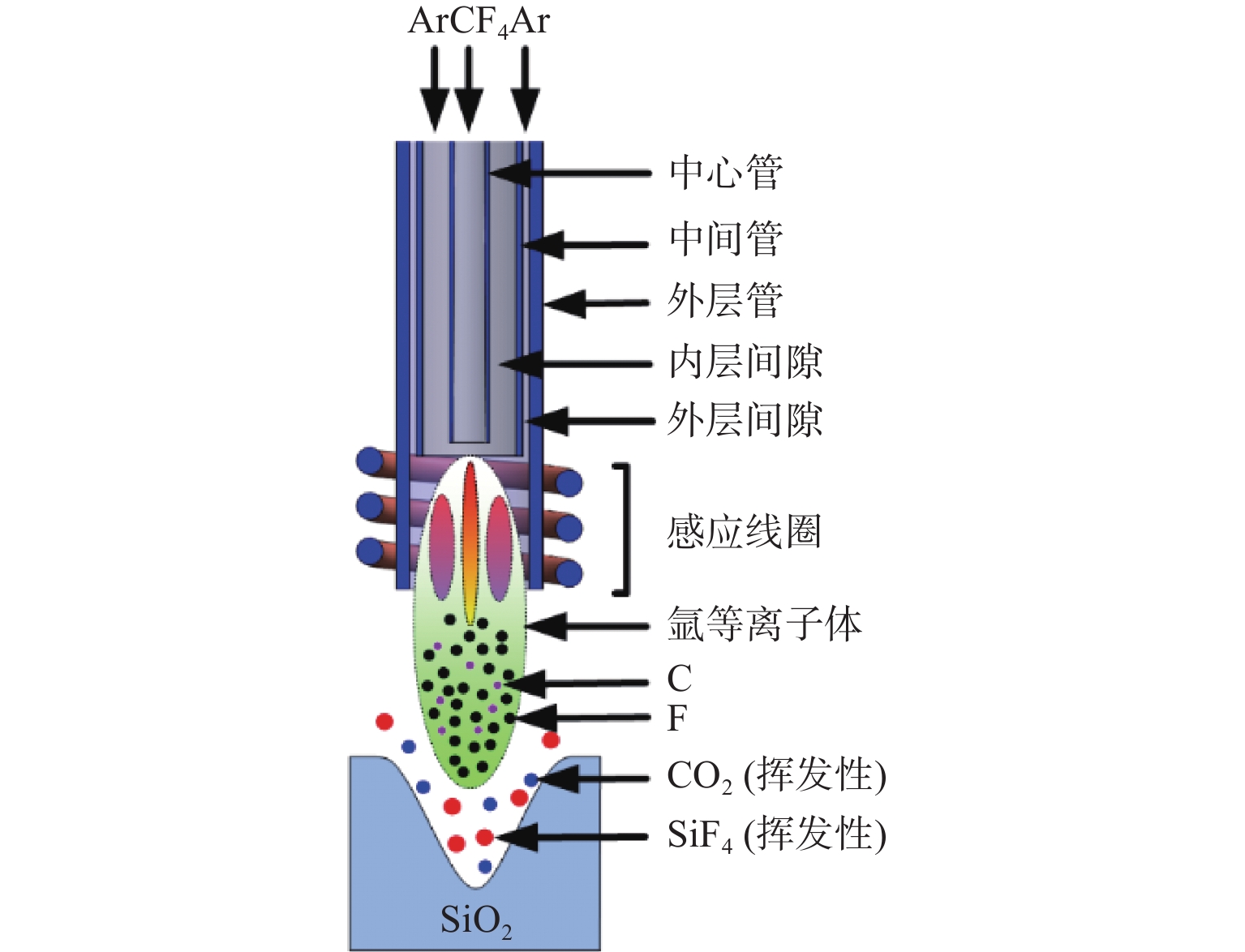

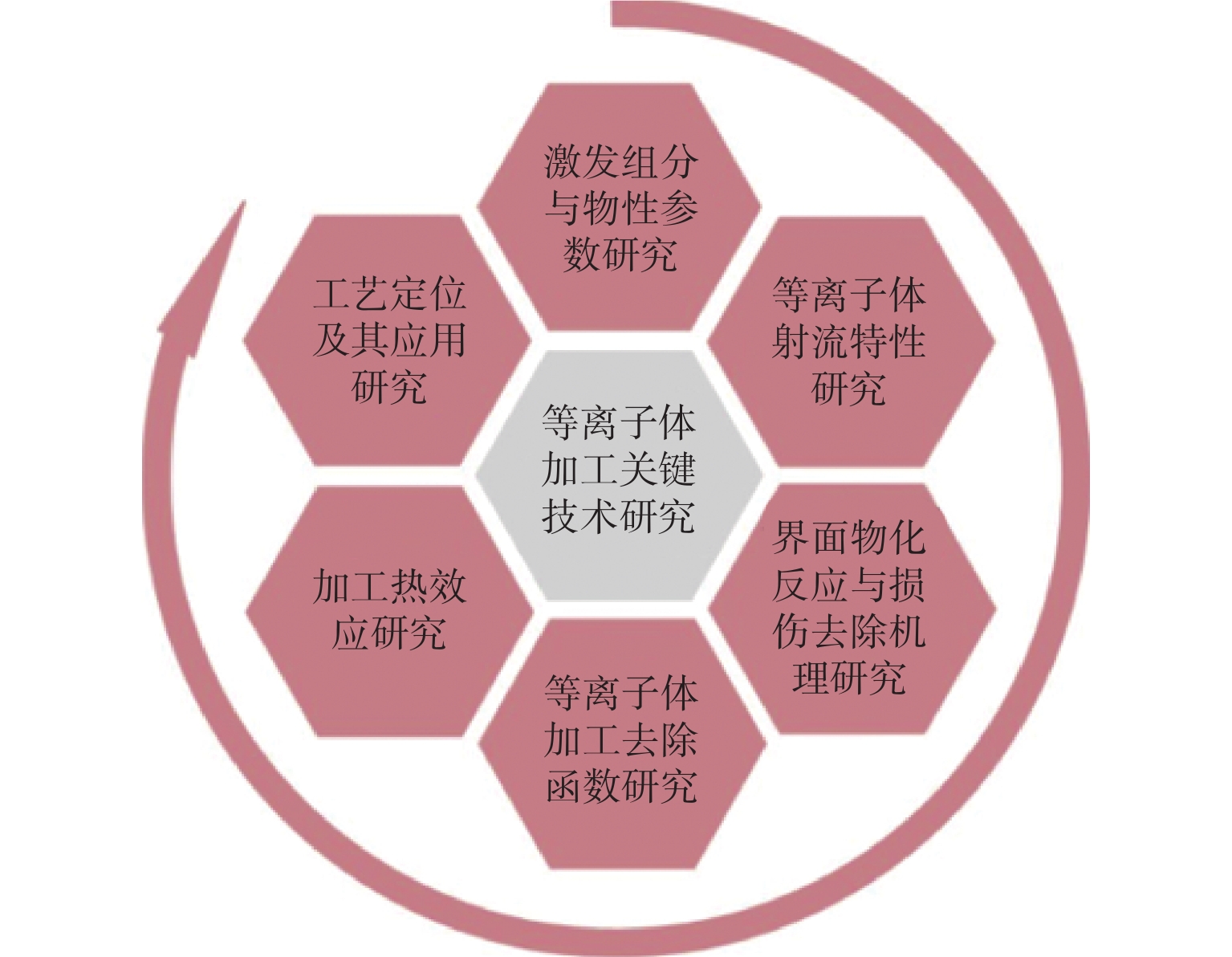
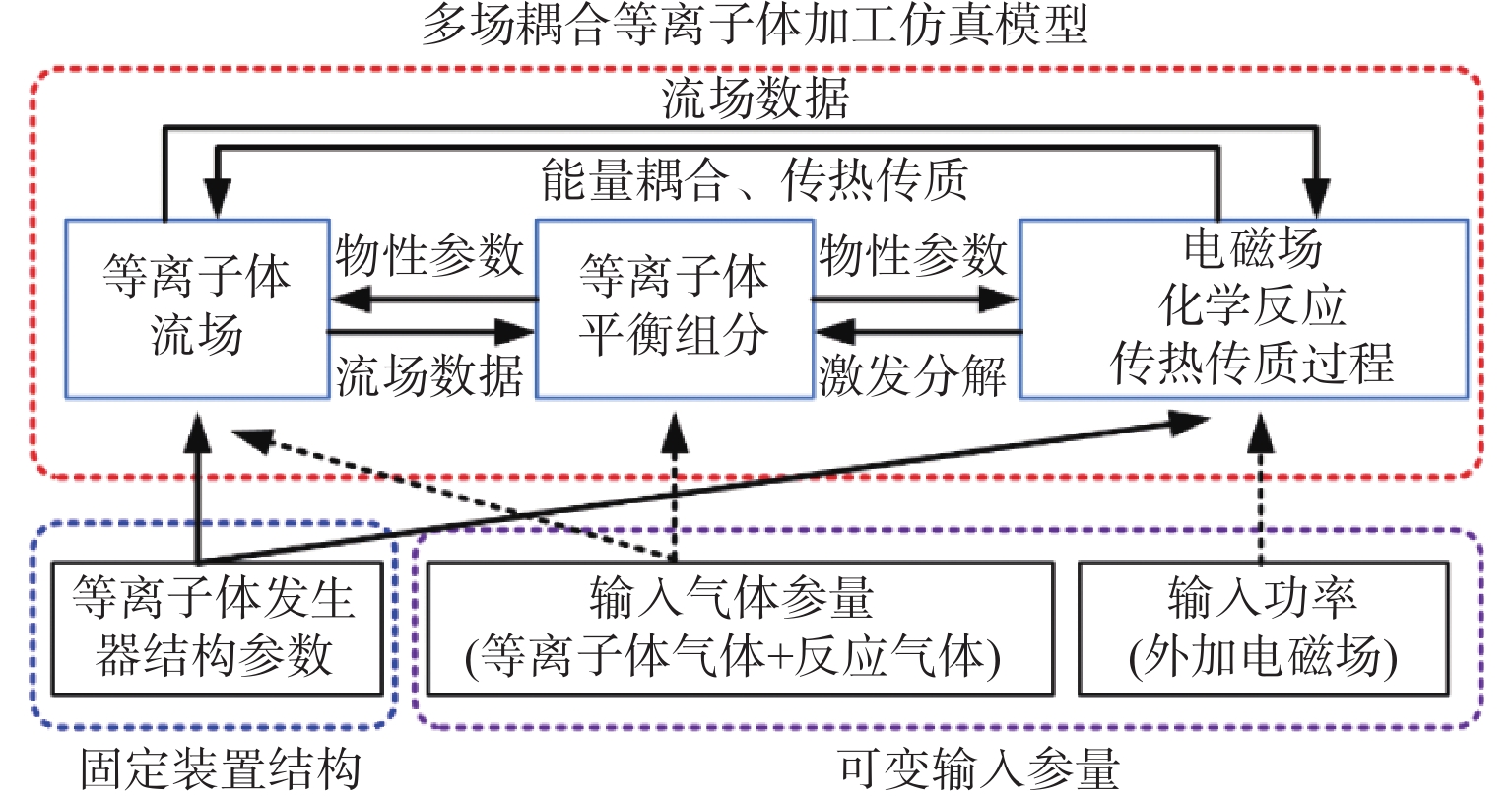
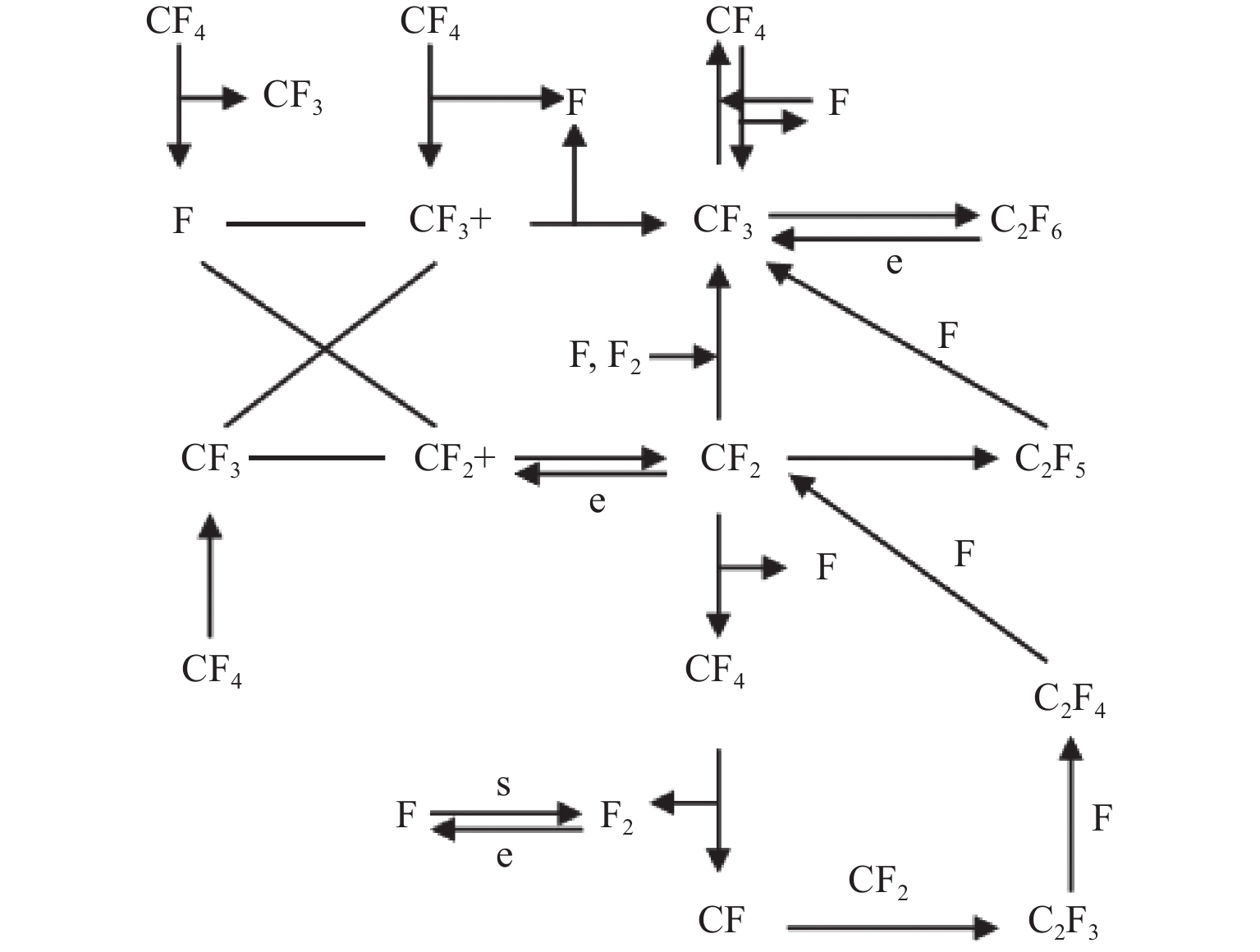
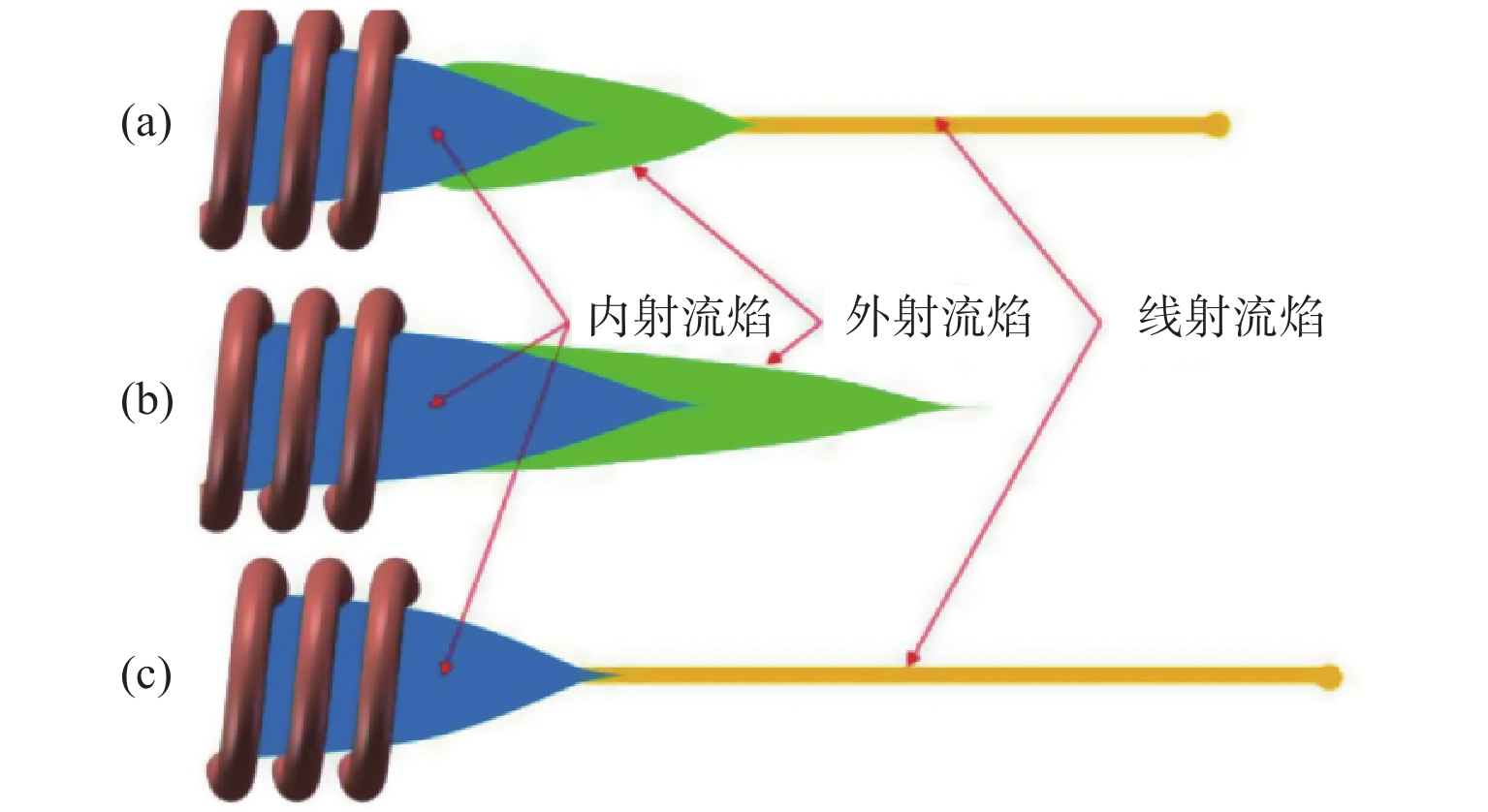
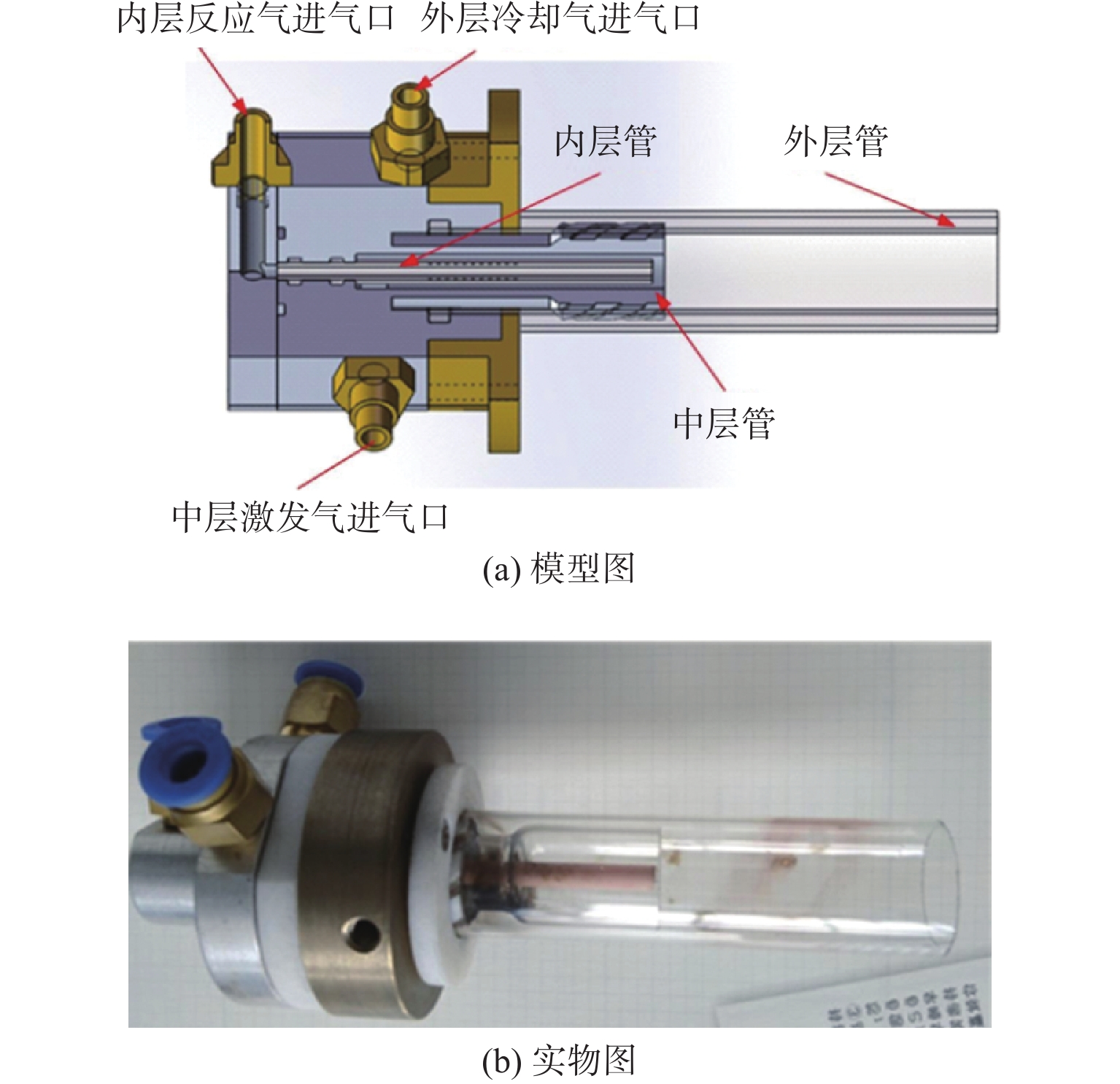
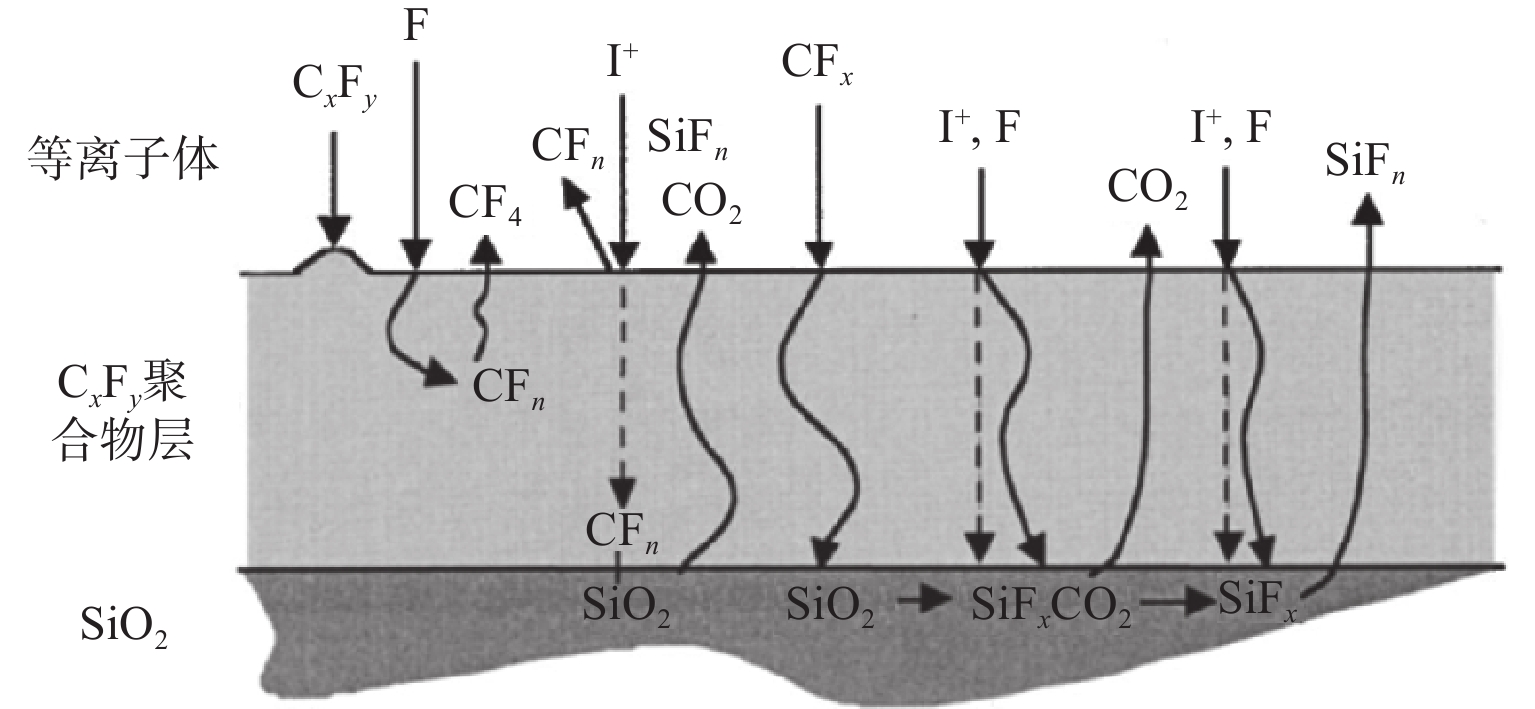
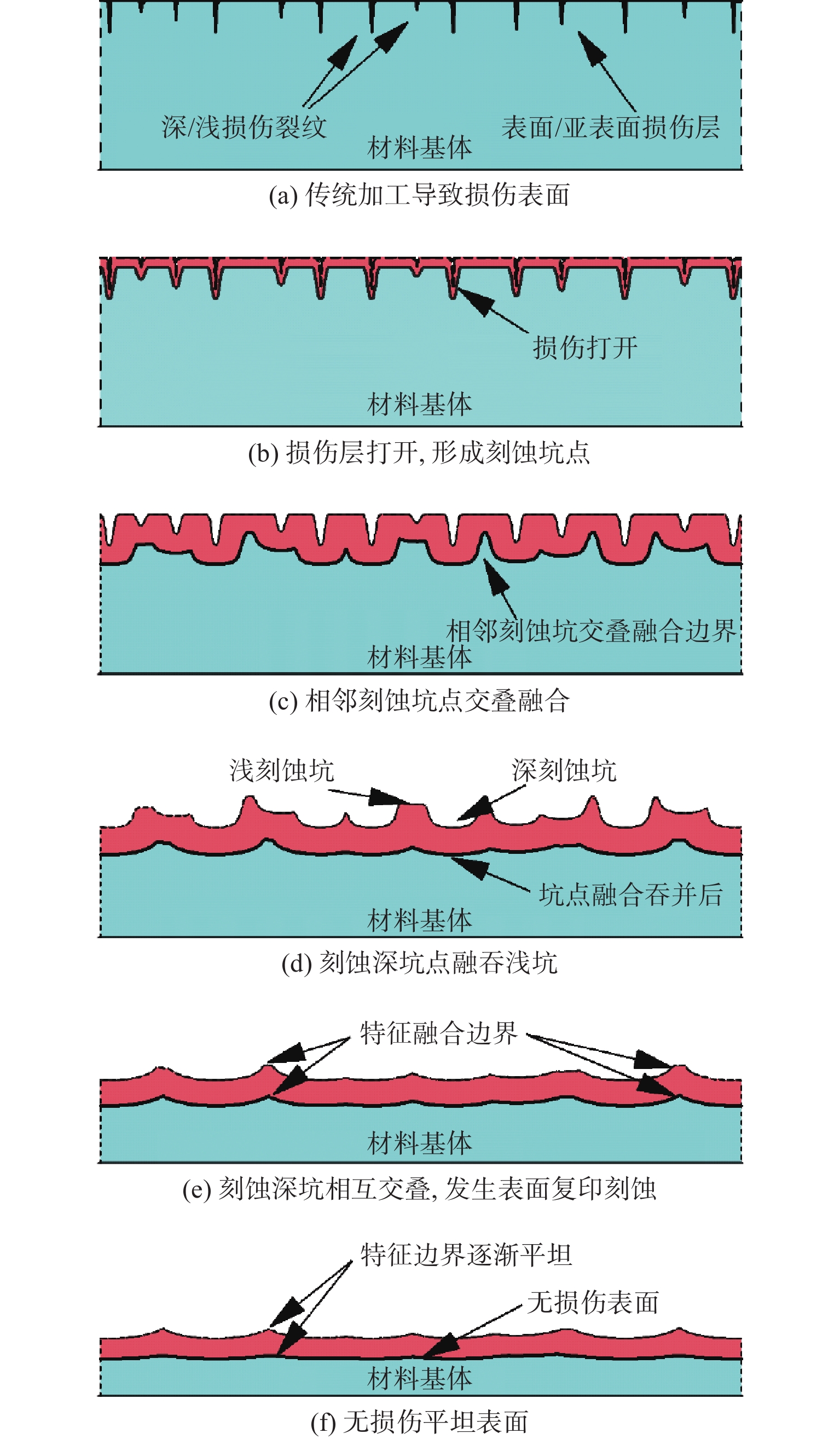
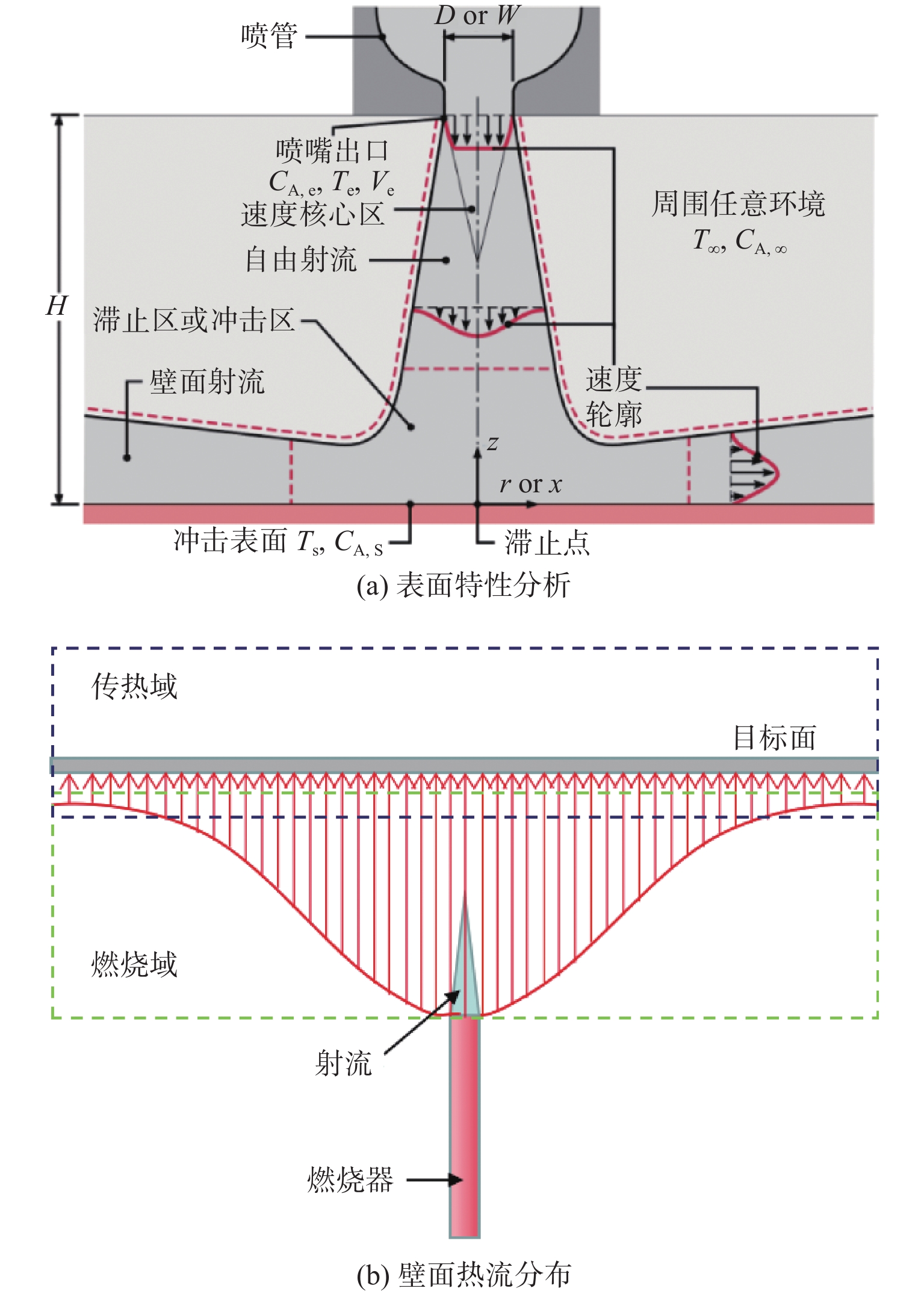
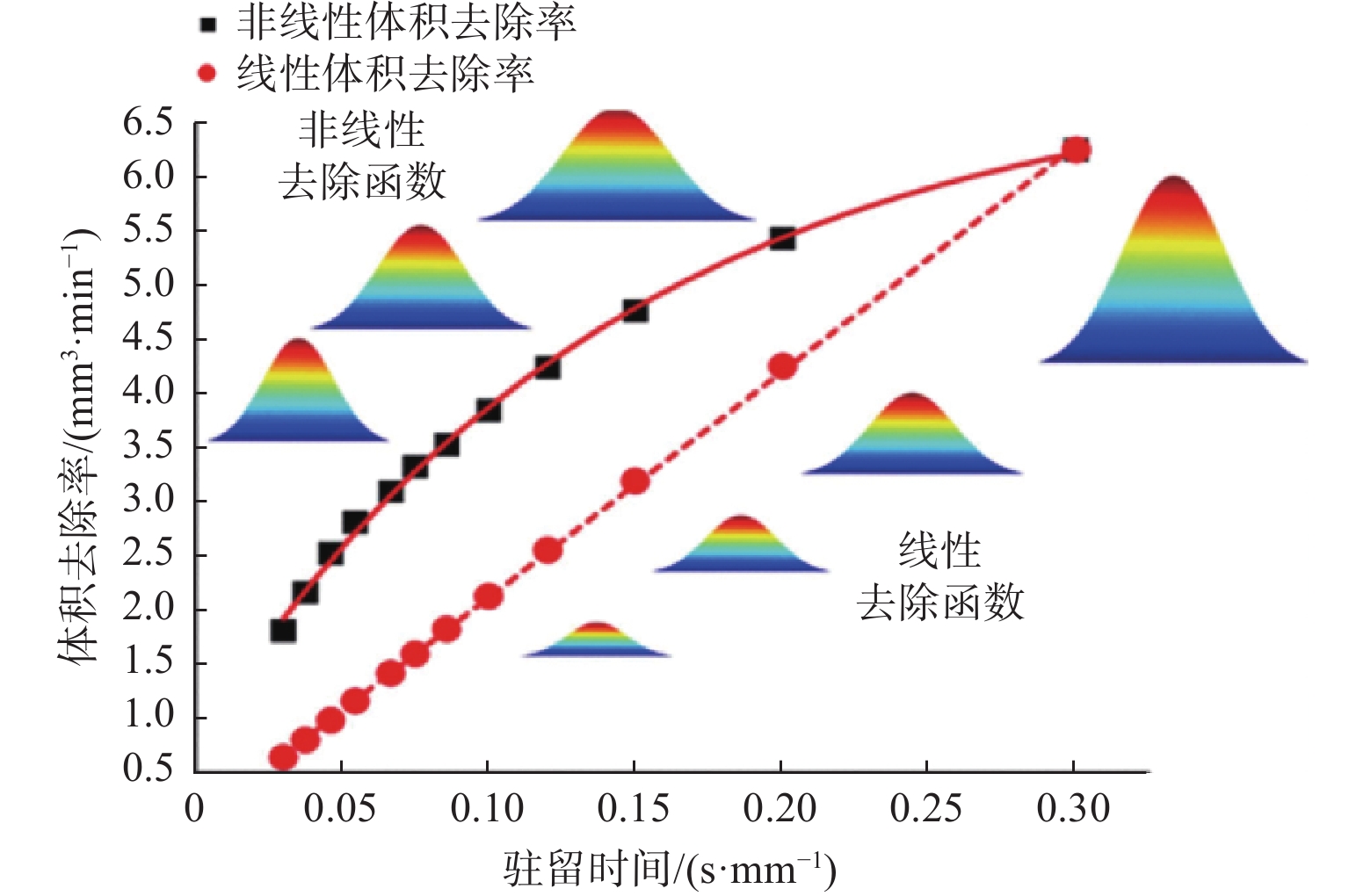
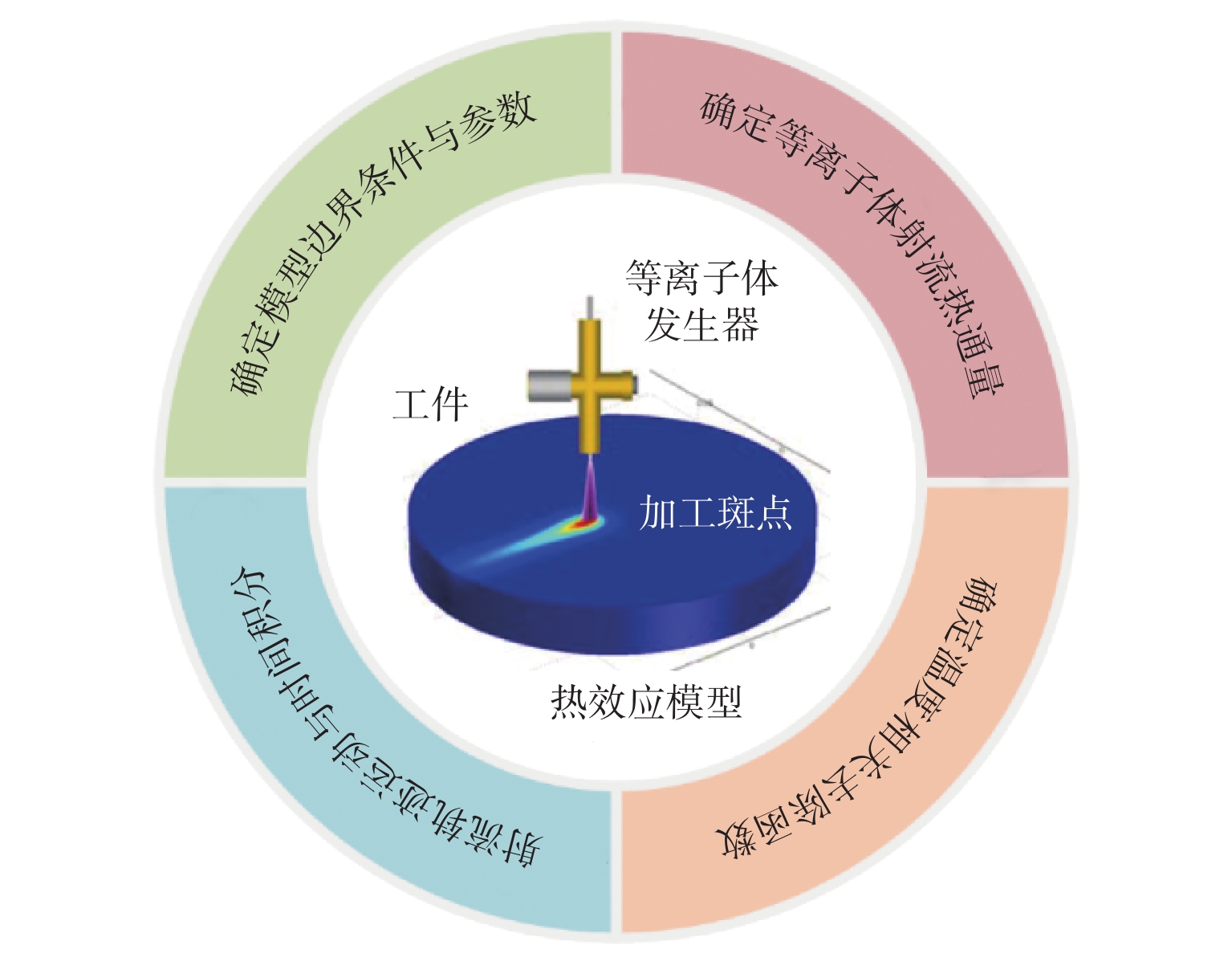
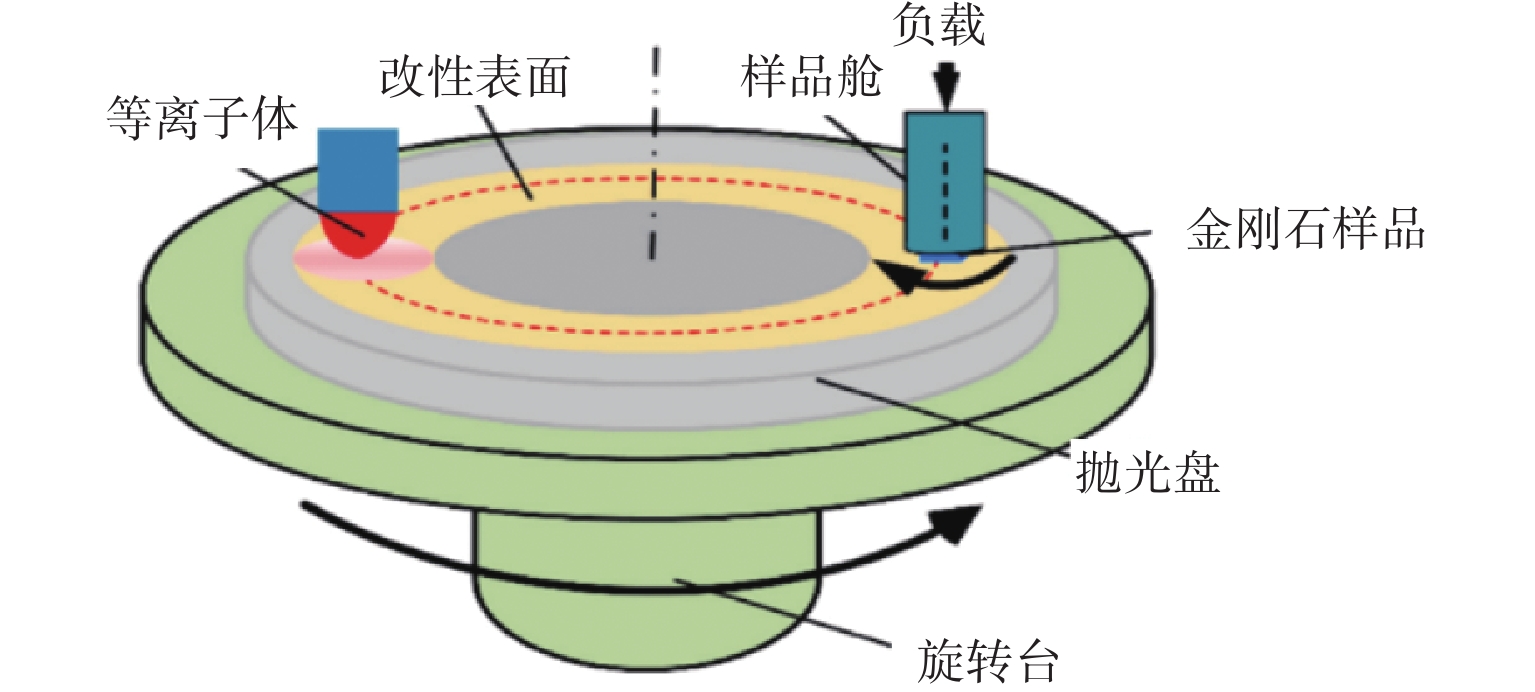
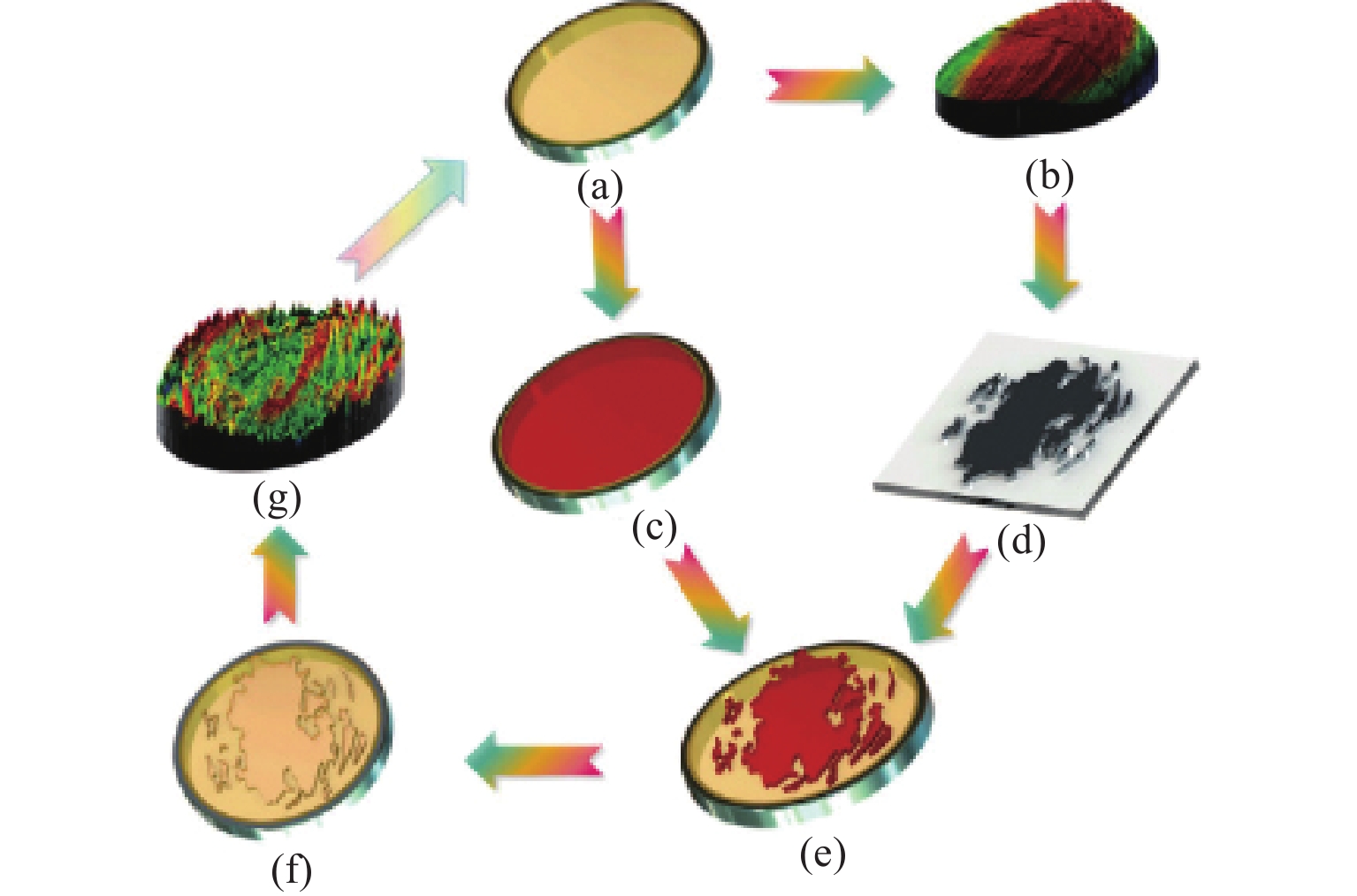

 陕公网安备 61011302001501号
陕公网安备 61011302001501号 